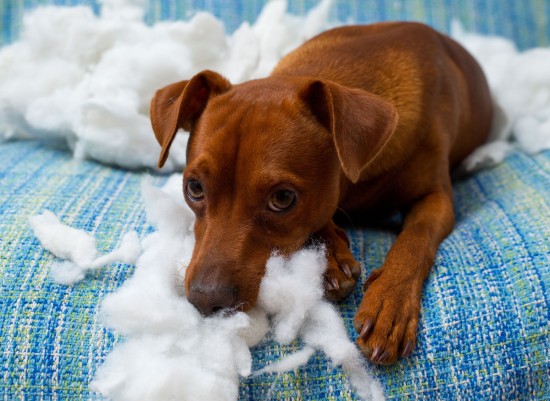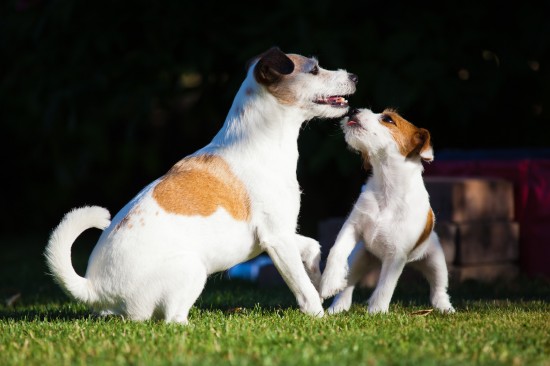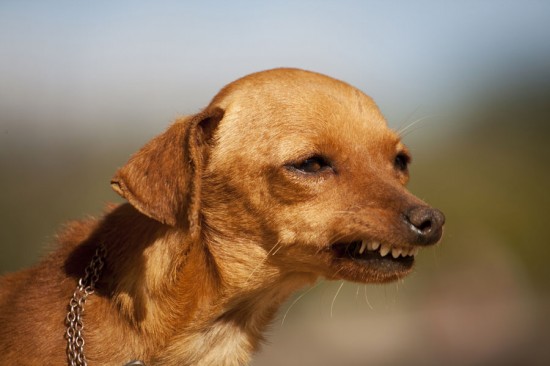
A very common disease in dogs is gingivitis. When food gets trapped between the teeth, bacteria grows as the food rots. If this is not removed it becomes harmful and plaque begins to form. A smelly breath is one of the signs that cleaning is needed. If this is not done, the disease progresses and becomes painful with bleeding gums and loose teeth.
'Sore Mouth' or stomatitis, can be caused by periodontal disease, which is when the bacteria is ignored and carries over to the tongue and inside the mouth. The gums bleed, pustules will appear on the tongue and your dog will not want to eat. He will be in pain and stomatitis will not heal by itself.
Cancerous tumors in a dog's mouth develop on or under the tongue, gums and in the mouth at any time of a dog's life. However, these usually occur in an older dog. Your veterinarian can detect these and operate if they are small. If neglected, tumors are likely to spread throughout the dog's body. It is suggested that you visit your veterinarian frequently for check-ups in order to avoid more pain and expense later make the dog dental cleaning cost worthwhile to be sure.
In order to avoid oral disease it is a good idea to establish a regular teeth-cleaning habit early on. The sooner the better. Nutritional dog food with essential vitamins and minerals would be a good start, along with an occasional raw beef soup bone, marrow bone or packaged, quality chew bones. These allow your dog to scrape some of the tartar build-up off his teeth. Never give cooked bones.
Dog toothbrushes and toothpaste are readily available for cleaning dog teeth. Never use your toothpaste, as dogs cannot spit this out and the fluoride is harmful to them. Have your dog sit close by you and with one hand open and pull back his upper lip. With a little toothpaste on your finger of the other hand, run it along the gum line and allow your dog to lick it off. Repeat this on the lower lip and the other side. Once your dog is comfortable with this, introduce the brush and gently clean one or two teeth. Stop and praise very often. After a few days practice he should allow you to clean his whole mouth.
If this is too difficult, there are sprays and gels which can be applied quickly and easily. These, together with saliva, break down the plaque if used consistently, preferably every day.
Dog teeth cleaning has never been safer or more easy than with the products and methods we offer on our site. The cost of cleaning dog teeth is far lower when using these natural gels and sprays.
 Affectionate Houdini - The Siberian Husky
Affectionate Houdini - The Siberian Husky
 Is It Safe To Give Catnip To A Cat With Health Issues?
Is It Safe To Give Catnip To A Cat With Health Issues?
 Homemade Dog Deterrents That Are Safe For Your Dog
Homemade Dog Deterrents That Are Safe For Your Dog
 How To Keep Your Puppy From Harassing Your Adult Dog
How To Keep Your Puppy From Harassing Your Adult Dog
 Provide Your Horse With Equine Supplements To Keep Him Healthy And Happy
Provide Your Horse With Equine Supplements To Keep Him Healthy And Happy
 Understanding Your Dogs Body Language
Understanding Your Dogs Body Language
Copyright © 2005-2016 Pet Information All Rights Reserved
Contact us: www162date@outlook.com